With Türkiye’s diplomatic engagement, Qatar’s facilitation, and China’s strategic weight, the elements for a more durable peace exist.
With Türkiye’s diplomatic engagement, Qatar’s facilitation, and China’s strategic weight, the elements for a more durable peace exist.
By Dure Akram, from Lahore / Pakistan
The suicide blast that ripped through Islamabad’s district courts on a November morning, killing ordinary citizens on their way to routine hearings, was a brutal reminder that Pakistan’s long war with militancy is again bleeding into its major cities. Only hours earlier, a far deadlier plot in Wana, where militants linked to the Tehreek‑e‑Taliban Pakistan (TTP) attempted to storm a cadet college and seize students as hostages, had been thwarted–a near-miss which could have carried generational consequences. These two incidents, occurring in one day, encapsulate the structural crisis now shaping Pakistan’s fraught relationship with the Afghan Taliban. They expose the stark reality: Pakistan’s internal security is once again hostage to decisions made across a border where ideology often outruns state responsibility.
For decades, Pakistan’s relationship with the Taliban was shaped by a blend of strategic necessity and historical familiarity. The movement’s return to Kabul in 2021 was initially expected to ease (according to many in Pakistan) its western frontier, close militant sanctuaries, and offer a cooperative partner on counterterrorism. Instead, the opposite has unfolded. The TTP (long degraded by Pakistani military operations) reconstituted rapidly inside Afghanistan, rebuilt command networks, re-established training sites, and regained operational depth in provinces bordering Pakistan. Attacks surged to levels unseen since the mid-2010s, with over 2,500 killed in 2024 and the trajectory for 2025 equally grim. On November 11, the Islamabad blast underscored the warning as Pakistani officials identified the attackers as Afghan nationals, and Interior Minister Mohsin Naqvi told parliament that “two deadly suicide attacks hit Pakistan this week… the bombers were Afghan nationals.”
The ideological convergence between the Afghan Taliban and the TTP–movements forged in the same political milieu–lies at the core of this problem, constraining Kabul’s willingness to act. They share a worldview shaped by decades of conflict, religious training, and rejection of externally imposed borders. For Kabul, acting decisively against the TTP is not merely technical law enforcement, as it risks fracturing its own internal cohesion. As for Pakistan, the TTP is an existential threat because it directly challenges state sovereignty and the security of civilians. The divergence in priorities between the two entities is built into the structure of the relationship, not a passing misalignment of interest, making sustained counterterrorism cooperation profoundly difficult. This structural asymmetry came to a head in October when a string of TTP attacks pushed Pakistan and Afghanistan to the brink of confrontation. Pakistan struck what it described as verified militant hide-outs inside Afghan territory; the Taliban retaliated with cross-border fire. Dozens were killed in the worst fighting since 2021. In the midst of the crisis, the defense minister Khawaja Muhammad Asif delivered the unambiguous warning: “We have the option, if no agreement takes place, we have an open war with them.”
Alarmed by the possibility of a wider war, Qatar and Türkiye intervened, brokering a ceasefire through emergency talks in Doha. The truce produced a temporary quiet along the border, but little else. Within days, mutual accusations resurfaced, and confidence in the process faltered again. Pakistan’s sense of urgency is palpable. After the Islamabad bomb, Asif declared that the country had entered a “state of war.”
“Anything coming from Afghanistan will be a violation of this agreement,” he said. He pressed Kabul to fulfil its counter-terror commitments, not as a favor, but as an existential necessity for Pakistan’s security.
It is in this moment of uncertainty that Türkiye emerged as a pivotal diplomatic actor. Ankara is one of the few states with credibility in both Kabul and Islamabad; unlike Western actors whose regional binding is fraught with legacy baggage, Türkiye approaches the agenda without direct historical intervention in South Asia. By hosting follow-up peace-talk rounds in Istanbul and sustaining back-channel engagement even as negotiations stalled, Türkiye signaled a recognition that the Pakistan–Afghanistan relationship cannot be stabilized through bilateral declarations alone and external architecture is required.
This ceasefire, though fragile, underscored a broader truth: left alone, Pakistan and the Afghan Taliban lack the political trust and structural mechanisms necessary to stabilize their relationship. And yet, even Türkiye’s intervention faces limits. The Taliban operate under ideological constraints that no mediator can fully resolve. Their grievance list is long: they do not recognize the Durand Line, resent Pakistani deportations of Afghan refugees, and perceive Islamabad’s airstrikes as encroachments on sovereignty. Pakistan’s concerns are equally justified. Afghanistan now hosts not only the TTP but also elements of the Islamic State Khorasan Province (ISKP) and networks linked to the Balochistan Liberation Army (BLA). What is missing is a functioning Afghan counterterror apparatus; permissive spaces remain.
The broader regional dimension complicates matters further. India’s recalibrated engagement with the Taliban–symbolized by the visit of Foreign Minister Amir Khan Muttaqi in October–has unsettled Islamabad. India’s $3 billion investment footprint in Afghanistan, coupled with its desire to counter China’s influence, gives Kabul incentives to broaden its partnerships. For Pakistan, already absorbing the consequences of TTP infiltration and border tensions, India’s re-entry into Afghan diplomacy heightens the fear of strategic encirclement. The near-simultaneous blasts in New Delhi and Islamabad only inflamed tensions. Each country turned quickly to familiar accusations, with Pakistan alleging Indian involvement in the Islamabad bombing, and the Indian media speculated about Pakistani connections to the Red Fort attack. This cycle of suspicion, unmoored from evidence yet deeply rooted in history, risks transforming localized acts of terror into regional triggers. The traumatic memory of the April 2025 clash in Kashmir, when India’s Operation Sindoor nearly brought the two nuclear-armed rivals to war, still hangs heavy in the background.
Despite these complexities, full-scale war remains a remote prospect. Neither Pakistan nor the Taliban can afford a prolonged conflict. Pakistan seeks to maintain its image as a responsible state rather than an aggressor, a posture reinforced by recent diplomatic openings with Washington, Beijing, and the Gulf. The Taliban, meanwhile, face internal economic collapse, rising ISKP attacks, and the need for external legitimacy. A border war would stretch their already fragile governance capacity and risk fracturing their internal cohesion.
But the absence of war does not equate to the presence of stability. Pakistan cannot continue absorbing attack after attack as though endurance solves strategy. Public frustration is rising — especially after the bombing in Islamabad and the near-catastrophic plot in Wana. The military has acknowledged that limited cross-border strikes remain an option, even as diplomacy continues. Yet such action carries predictable risks: retaliation from the Taliban, nationalist mobilization in Kabul, and erosion of the multilateral consensus gradually forming around diplomacy.
This is why the region now requires a more structured security mechanism. The ceasefire declarations of recent months will remain brittle unless supported by verifiable arrangements. The Doha agreement and its provisions on militant non-use of Afghan territory are meaningful but insufficient without architecture: joint monitoring, intelligence-sharing, and third-party oversight. Türkiye, supported by Qatar and China, is well placed to anchor such an arrangement — offering political neutrality, credibility in both capitals, and the capacity to translate fragile truces into sustainable frameworks.
Even then, expectations must remain realistic. No mechanism will compel the Taliban to dismantle the TTP entirely, nor should Pakistan expect that. But what can be achieved is the restriction of freedom of movement for militants, increased cost of cross-border strikes, and a gradual reduction in attacks through enforcement rather than goodwill. In counterinsurgency, incremental gains matter. Pakistan needs predictability more than perfection.
At the same time, Pakistan must maintain n internal cohesion. Public anger and political pressure will intensify as attacks grow in frequency and scale. The government must articulate clearly why calibrated diplomacy, not purely coercive escalation, better safeguards long-term security. Refugee policy, border management, and domestic political stability are not standalone choices. They shape perceptions in Kabul and influence Taliban behavior because real leverage combines pressure with credible incentives.
Meanwhile, a new front has opened in the economic domain. Mullah Abdul Ghani Baradar, Deputy Prime Minister for Economic Affairs in Kabul, recently urged Afghan traders and industrialists to “turn to alternative trade routes instead of Pakistan,” citing the political exploitation of trade and humanitarian channels by Islamabad. He warned traders who continued business after his three-month deadline would “do so at their own risk.” This is not mere grandstanding. It signals a new front in the Pakistan-Afghanistan conflict: the weaponization of commerce and supply chains as leverage in the broader strategic competition.
It goes without saying that the stakes are considerable. The Islamabad and Wana attacks were warnings, exposing the fragility of the current security environment and the limits of a bilateral relationship built on assumptions that no longer hold. Pakistan and Afghanistan are neighbors bound by geography but divided by priorities, identities, and political constraints. Restoring an imagined past partnership is neither feasible nor necessary. The task now is to craft a pragmatic framework suited to the realities of the present; one that acknowledges divergence without accepting destabilization as inevitable.
The alternative is a cycle of retaliation neither state can sustain, and that the wider region–already navigating great-power competition, economic instability, and political fragmentation–cannot absorb.
South Asia’s history is replete with warnings that went unheeded. Islamabad and Wana should not become additions to that list. With Türkiye’s diplomatic engagement, Qatar’s facilitation, and China’s strategic weight, the elements for a more durable peace exist. What remains is the political discipline to use them before the window closes.




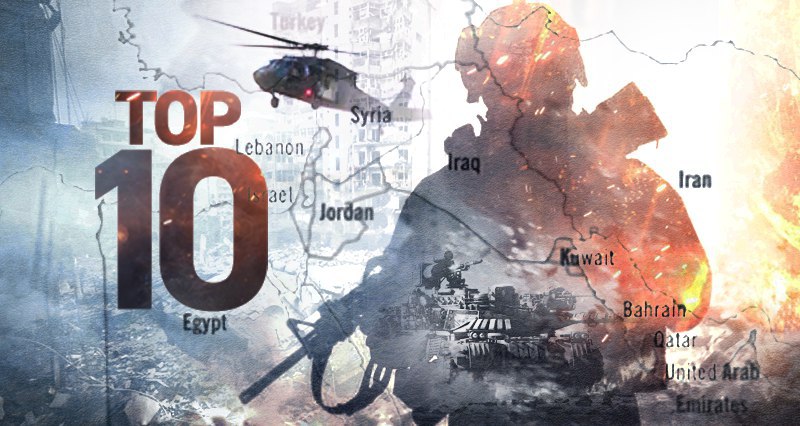


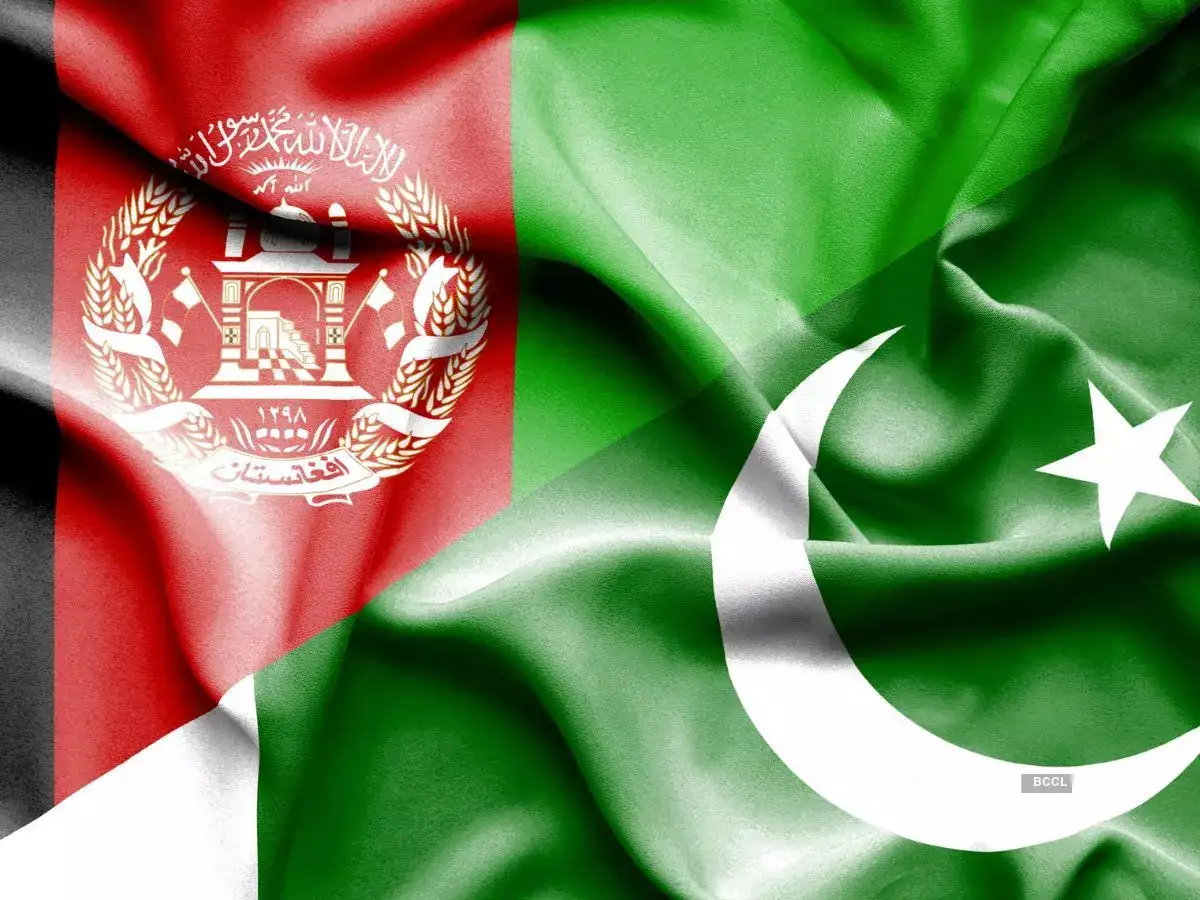
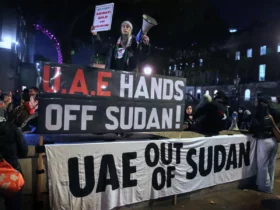

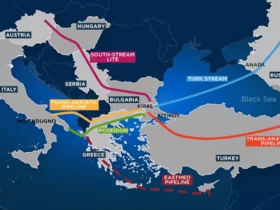





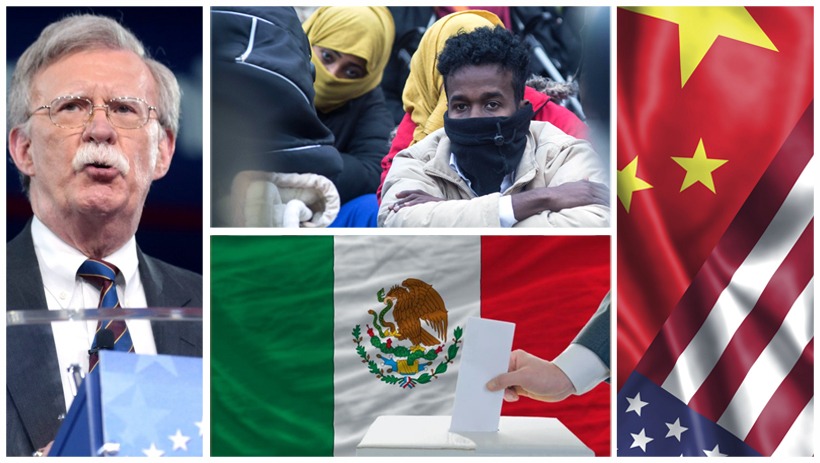
Leave a Reply